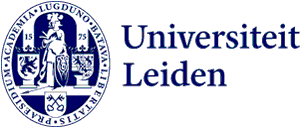
Former Visual Ethnography lecturer Koen Suidgeest city photographer Leiden
People need to get to know each other to see the positive side of migration, according to photographer and documentary maker Koen Suidgeest. Since the end of September, Suidgeest has been the new city photographer for the region of Leiden. His goal is to photograph as many cultural identities as possible in the 52 weeks to come so that people realise that migration is an enrichment of daily life, culture and the city of Leiden.
Four photos of Suidgeest have been published so far: portraits of the Japanese Mayumi, the Zimbabwean Elton, the Bulgarian Assya and the Turkish Ipek. "One third of the inhabitants of Leiden have a migration background according to studies by the municipality. But when I look around me, I see a very white city", says Suidgeest, "from the Christian festivals we celebrate to the members of the city council. I feel there is little interaction between different groups, people live on small islands."

Cultural, social and economic diversity
Because he already knew in April this year that he would be the city photographer, Suidgeest was able to work in advance. He has 12 weeks of work on the shelf, the other forty portraits he has yet to shoot. Suidgeest explains that it is not difficult to find international people, but that they often have the same profile: students between 19 and 24 and the typical expat who has come here to work. Suidgeest: "I want more variety in my images, so not only diversity in terms of cultural identity, but also economically and socially. I want to portray both the rich and the streetwise. And I prefer to go for people we don't know very well yet. So I would rather portray someone from Bhutan than from Belgium."
Cultural identities
Suidgeest deliberately does not speak of nationalities, but of cultural identities, so as not to exclude anyone. Kurds and Palestinians, for example, have no officially recognised nationality. "I have a voice on this platform. The Leidsch Dagblad reaches 25,000 households physically and many more online and via the app; I want to use that voice well. I hardly ever use the word politics in my work, but hopefully with this work I can contribute to more connectedness in the city."
The sum of its elements
Being a city photographer is an honorary job, but Suidgeest is currently applying for funding. According to him, you can only be a city photographer if you photograph something that is in your heart. "Every week there has to be a photo with a story. It takes at least 1.5 days, so you have to be able to live with it for 52 weeks. You can only do a good job if you actually feel it." According to Suidgeest, the strength of the photo series also lies in these 52 weeks. "Take that one photo of the Japanese woman, for example, that's a nice story on its own. But when you see it next to the 51 other photos and you know that these are all residents of the Leiden region who live, work and play here, then the sum of the components becomes greater than the individual. Then something happens that is not visible in a single photograph. We talk a lot about that with the students in the Visual Ethnography master's programme."
City photographers and the Institute of Cultural Anthropology
In the past, the CAOS Institute has also produced city photographers. In 2019, seven Cultural Anthropology students were the city photographer together, and last year it was alumna Leonie van der Helm. Suidgeest is not an anthropologist himself, but for the past two years has been a lecturer and master's supervisor within the institute. Suidgeest's work as an urban photographer has another link to the institute: in his research, he is assisted by Roos Daemen, who recently graduated from the Visual Ethnography master's programme at CADS.
-
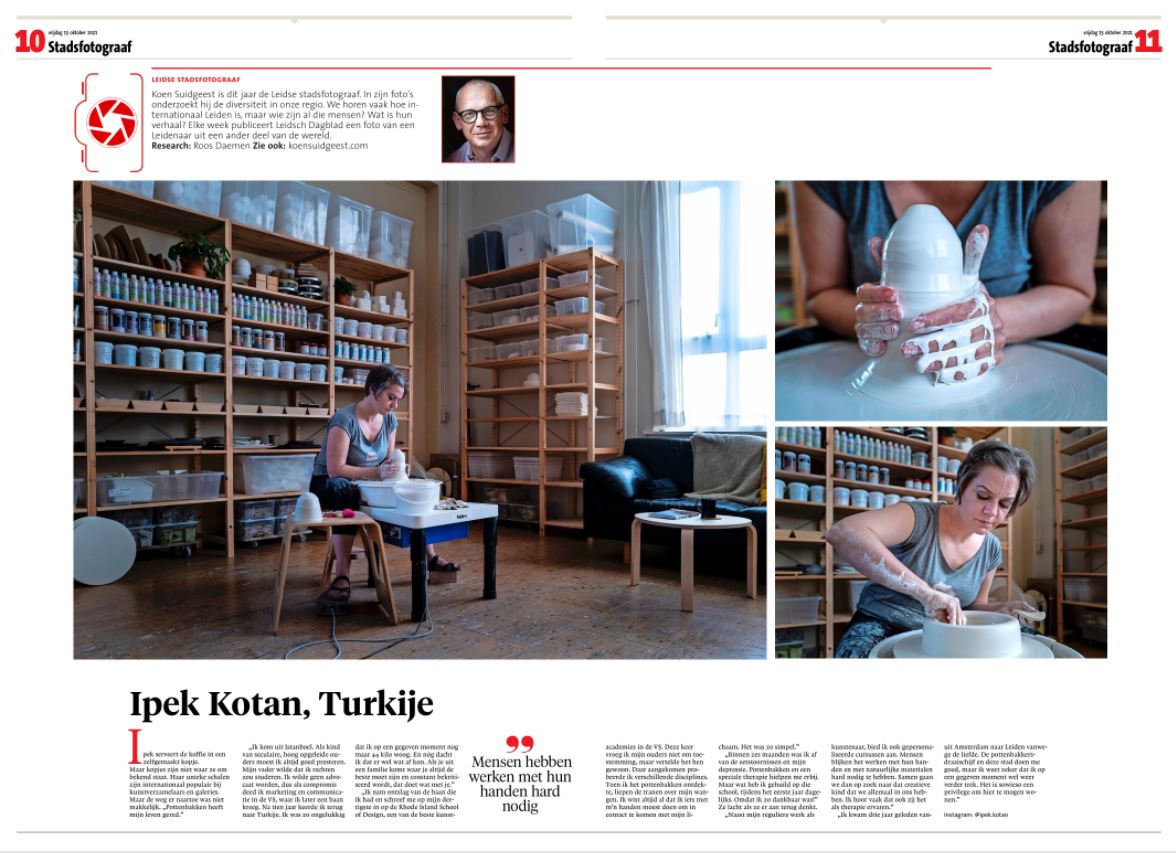
Ipek -
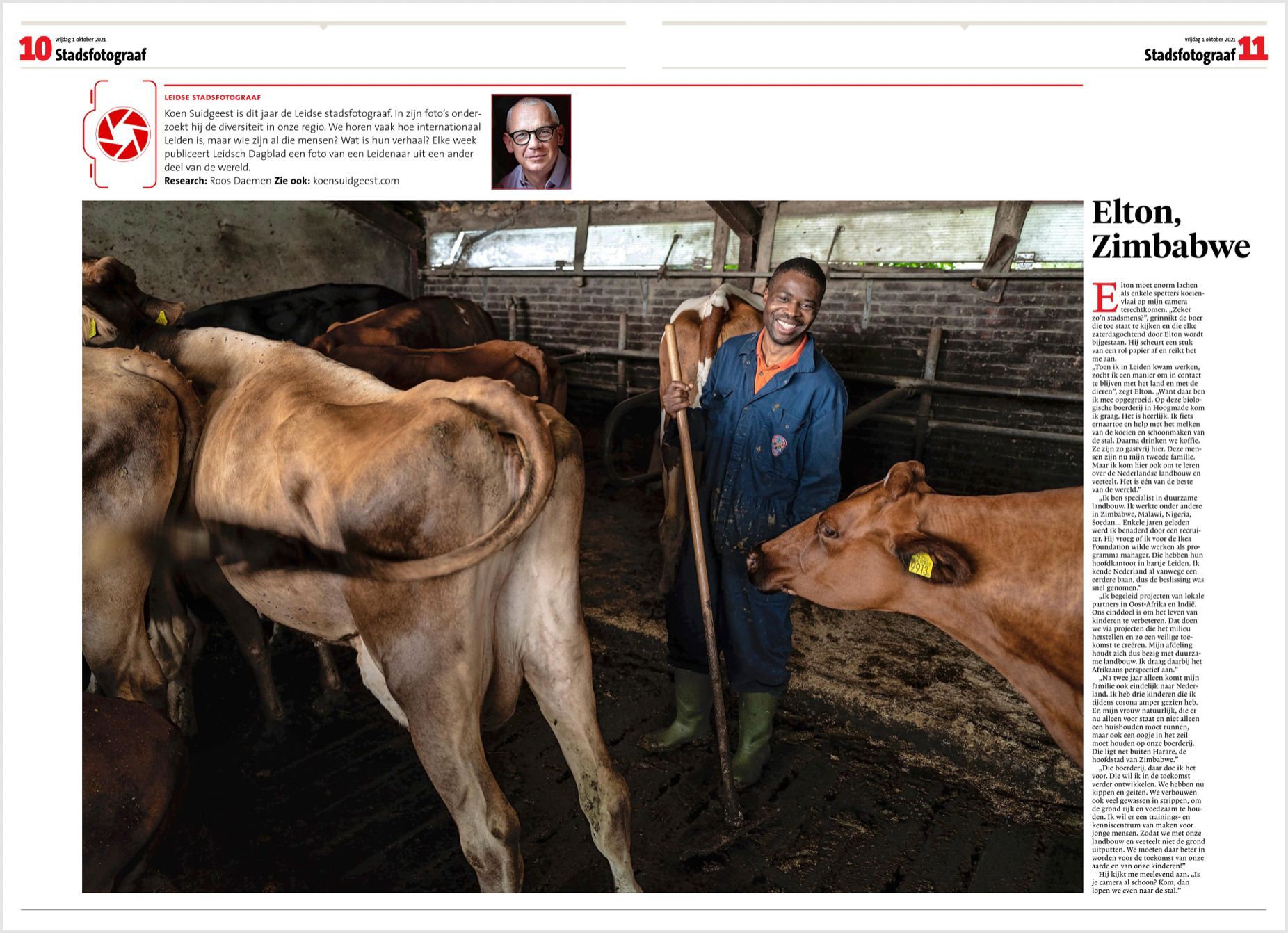
Elton -
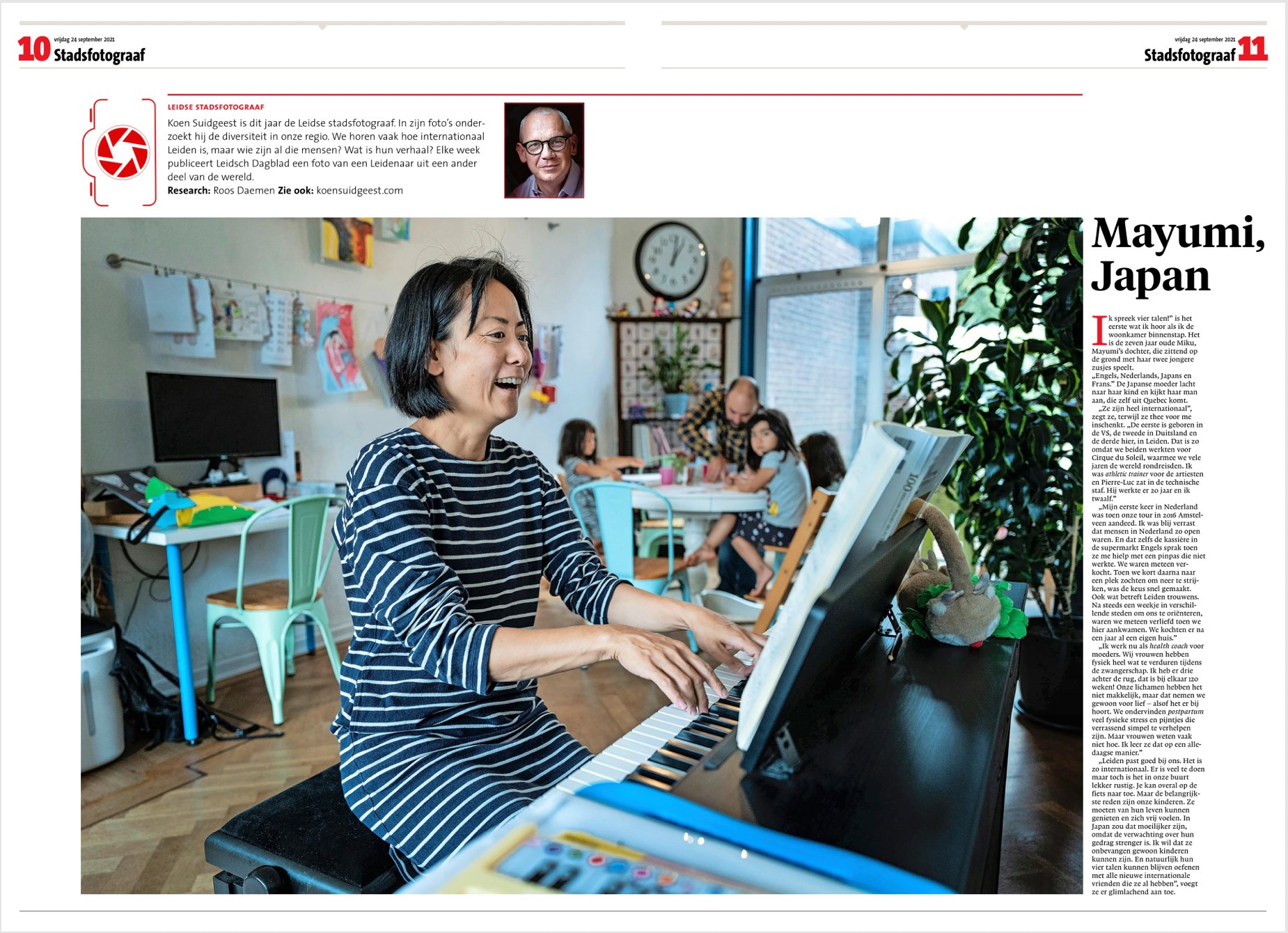
Mayumi - -
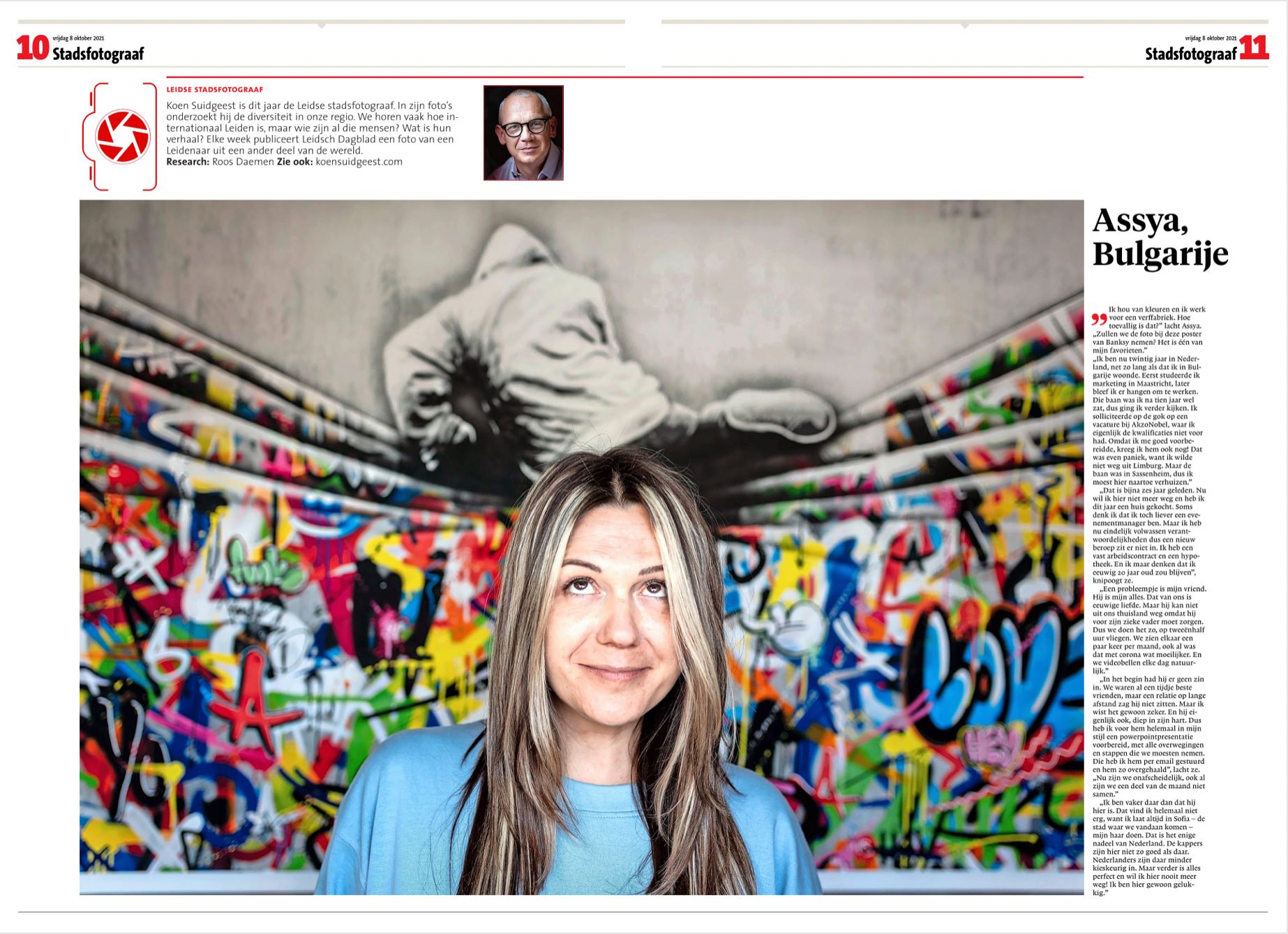
Assya
